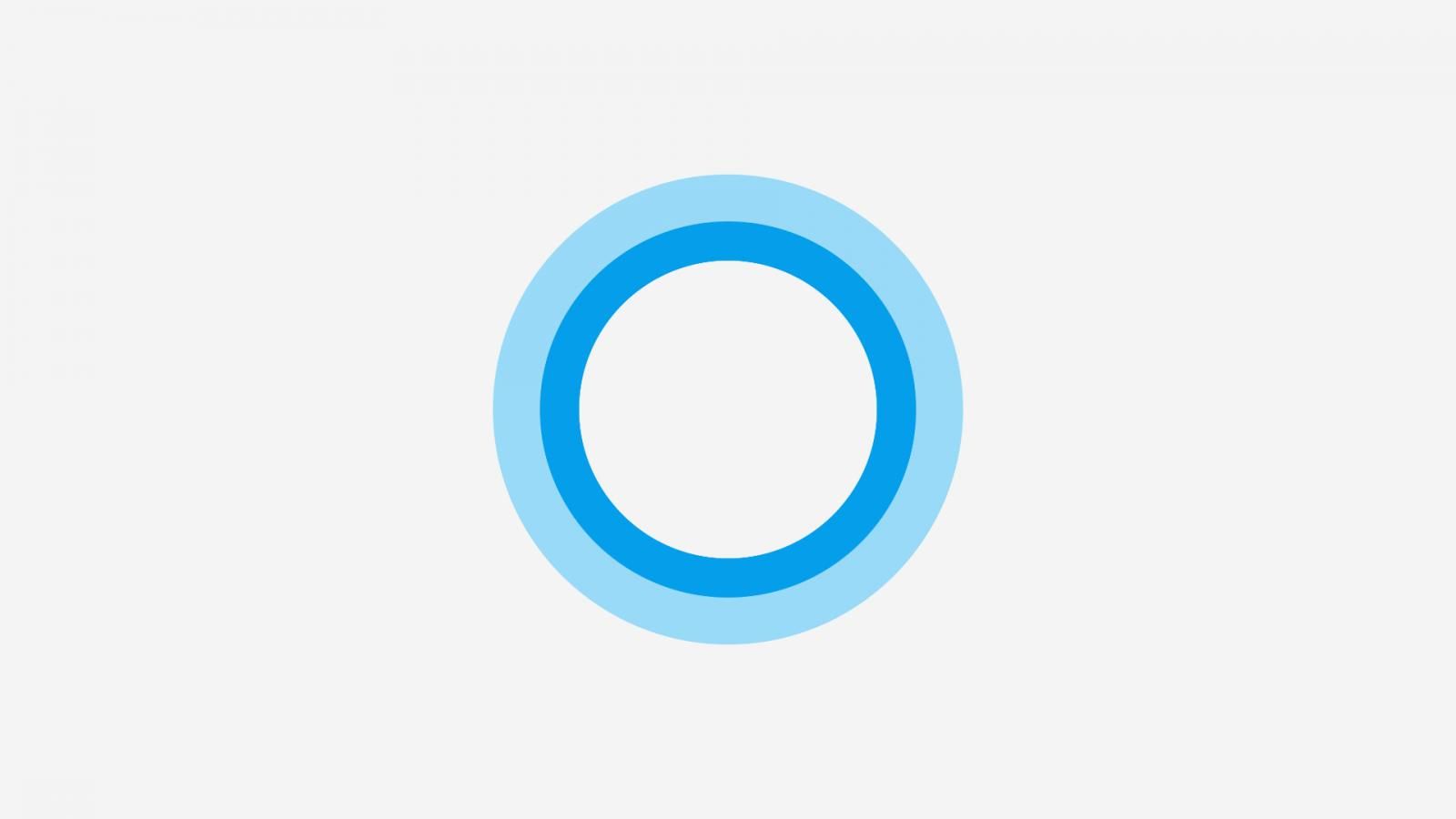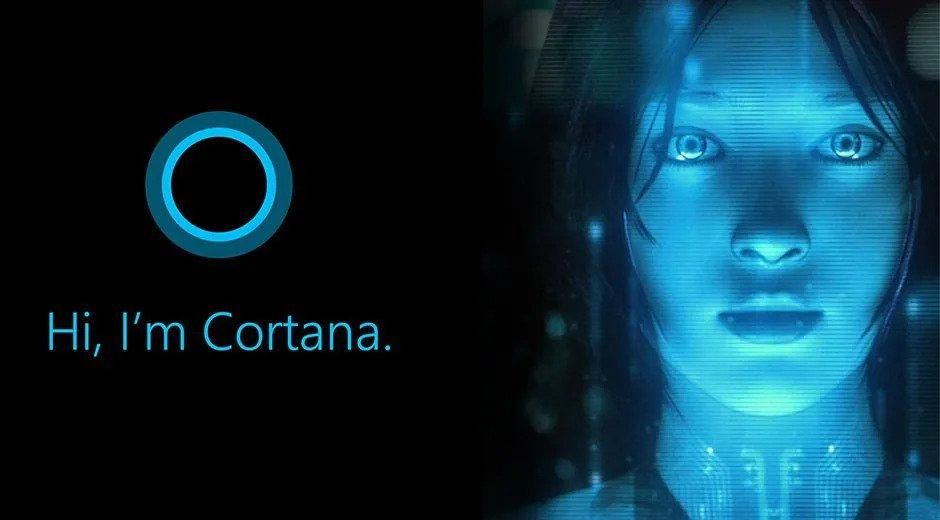Microsoft’s Cortana was a massive failure for the company, and it could never compete with the likes of Google Assistant, Amazon’s Alexa, or Apple’s Siri smart assistants. Cortana seemed like a great idea and a good product back in the day, but it never turned out to be anything useful.
In the latest edition of the Big Bets newsletter, Sandeep Paruchuri, a former product manager at Microsoft, talked about how Cortana came about. The talk also revealed a few interesting pieces of information about the development and what went on behind the scenes of Cortana as a personal assistant.
Source: TheVerge
The name Cortana itself comes from the Halo series, where Cortana is an AI software that helps players, providing more information about missions and the like, which is why Microsoft picked it. While the engineers picked the name internally, the public name was Alyx, which was easier to pronounce, according to those familiar with the matter. Unfortunately, the Cortana name somehow leaked out to the public, and unsurprisingly fans started asking Microsoft to name their assistant as such, which eventually panned out and did happen, that’s how Cortana received its name,
While Steve Ballmer was still the CEO of Microsoft, he wanted to make some changes and rename Cortana to Bingo to promote Bing as a search engine. The name change never happened as Satya Nadella was elected as the new CEO shortly after, and didn’t go through with the planned changes that would’ve affected Cortana’s name and branding.
Cortana started out as an ambitious project by a very small team that wanted to develop a real-life intelligent assistant, similar to what was displayed in the Halo game series. As the project progressed further and became larger, more people got involved in the development. Sadly, all of the intended features required too much time, which the teams didn’t have, therefore a lot of features had to be stripped out from the released version. Cortana launched with basic features, and it was only available in US-English, which was concerning to many engineers.
Microsoft managed to ship Cortana on Windows 10 to desktops, and it also existed on Windows Phones back in the day, sadly it had lackluster functionality and it always felt like an unfinished product. The smart assistant was also made available on both Android and iOS, and many used it – including myself at the beginning – to mirror smartphone notifications on the desktop. Cortana eventually got shut down and killed by Microsoft on mobile, and Windows 11 doesn’t even feature it anymore.
You can read the full story over at Big Bets.


